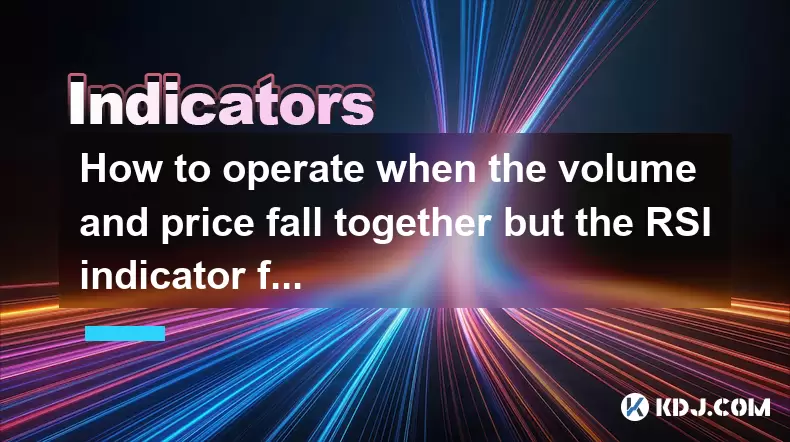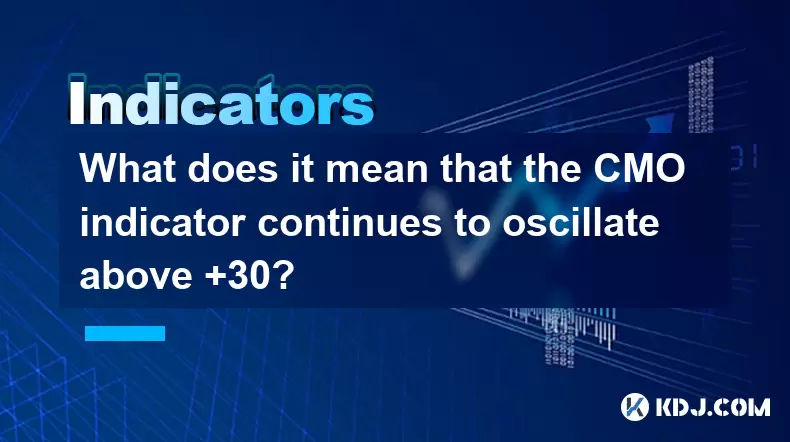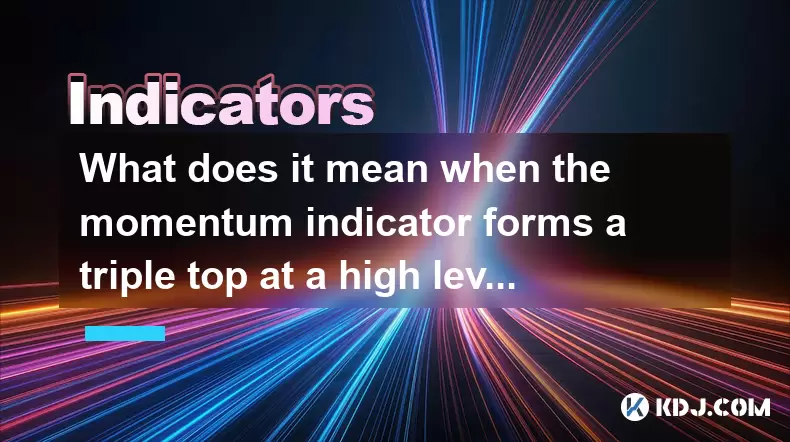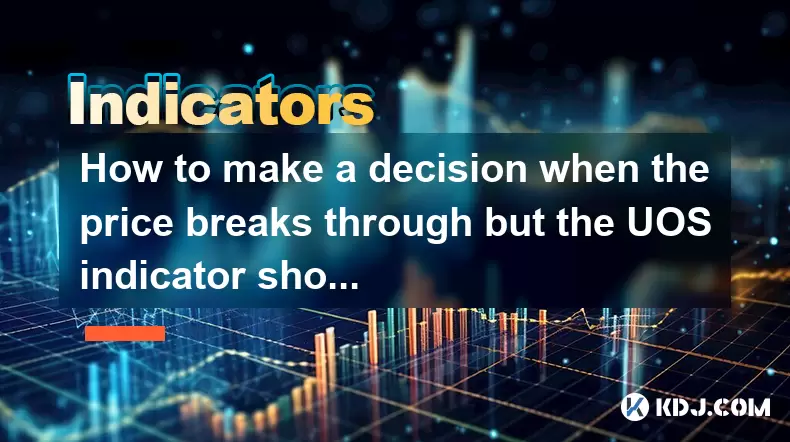-
 Bitcoin
Bitcoin $105,953.9980
3.06% -
 Ethereum
Ethereum $2,445.3292
6.68% -
 Tether USDt
Tether USDt $1.0006
-0.03% -
 XRP
XRP $2.1968
7.03% -
 BNB
BNB $643.2903
2.13% -
 Solana
Solana $144.2799
3.82% -
 USDC
USDC $1.0000
-0.03% -
 TRON
TRON $0.2739
0.49% -
 Dogecoin
Dogecoin $0.1642
4.47% -
 Cardano
Cardano $0.5834
5.49% -
 Hyperliquid
Hyperliquid $38.0741
2.80% -
 Sui
Sui $2.7741
7.56% -
 Chainlink
Chainlink $13.4107
11.26% -
 Bitcoin Cash
Bitcoin Cash $450.4828
-0.61% -
 UNUS SED LEO
UNUS SED LEO $9.1301
0.64% -
 Stellar
Stellar $0.2476
5.49% -
 Avalanche
Avalanche $18.0637
5.09% -
 Toncoin
Toncoin $2.9066
2.43% -
 Shiba Inu
Shiba Inu $0.0...01160
4.01% -
 Hedera
Hedera $0.1527
8.00% -
 Litecoin
Litecoin $84.6122
2.37% -
 Monero
Monero $317.6076
5.76% -
 Ethena USDe
Ethena USDe $1.0008
0.02% -
 Polkadot
Polkadot $3.4519
5.27% -
 Dai
Dai $1.0000
-0.03% -
 Bitget Token
Bitget Token $4.2835
5.62% -
 Uniswap
Uniswap $7.0443
9.78% -
 Pepe
Pepe $0.0...09964
7.41% -
 Pi
Pi $0.5391
4.64% -
 Aave
Aave $264.1743
11.26%
What does it mean when the stochastic indicator repeatedly fluctuates at the 50 horizontal line?
When the stochastic indicator hovers around 50 in crypto trading, it signals market indecision, suggesting consolidation rather than a clear trend.
Jun 24, 2025 at 09:08 pm

Understanding the Stochastic Indicator in Cryptocurrency Trading
The stochastic indicator is a popular momentum oscillator used by traders to identify potential trend reversals and overbought or oversold conditions. In cryptocurrency trading, where price movements can be highly volatile, understanding how this tool behaves becomes crucial for making informed decisions. One of the key patterns that traders observe is when the stochastic lines repeatedly fluctuate around the 50 horizontal line.
This particular behavior does not always indicate a clear buy or sell signal but rather suggests a state of market indecision or consolidation. Unlike sharp moves above 80 (overbought) or below 20 (oversold), oscillations around the midpoint often reflect a lack of strong directional bias in the market.
What Does It Mean When Stochastic Lines Hover Around 50?
When both the %K and %D lines of the stochastic indicator remain close to the 50 level for an extended period, it indicates that neither buyers nor sellers are in control. This situation typically occurs during sideways or range-bound markets, especially in cryptocurrencies that are experiencing low volatility or waiting for a catalyst to drive price action.
In such scenarios, traders should not rely solely on the stochastic indicator for entry or exit signals. Instead, they should combine it with other tools like volume analysis, moving averages, or support and resistance levels to confirm potential breakouts or breakdowns.
It's also important to note that repeated fluctuations around 50 may precede a significant move once a breakout occurs from the consolidation phase. Traders who recognize this pattern early can prepare for a potential trend continuation or reversal depending on how price reacts to key levels.
How to Interpret This Pattern in Different Market Contexts
During a Trend: If the stochastic indicator hovers around 50 during a strong uptrend or downtrend, it might suggest a temporary pause before the trend resumes. This could be interpreted as a consolidation phase rather than a reversal.
In Ranging Markets: In a sideways market, consistent movement around 50 is expected and usually reflects market equilibrium, where buying and selling pressures are balanced.
Before Major News Events: Crypto markets often consolidate ahead of major announcements or regulatory updates. During these times, the stochastic indicator frequently shows neutral momentum around the 50 line.
Traders must evaluate the broader context of price action and volume to avoid false signals. For example, if prices are forming higher highs while the stochastic remains neutral, it might hint at hidden strength in the bullish trend.
Practical Steps to Analyze This Signal
If you're observing the stochastic lines hovering around 50, here’s how to proceed:
Identify the Broader Trend: Determine whether the cryptocurrency is in a ranging, bullish, or bearish phase by analyzing weekly or daily charts.
Look for Key Support and Resistance Levels: Check if the price is near a significant zone that could influence its next move.
Observe Volume Patterns: Increasing volume accompanying a breakout from the consolidation area can confirm the strength of the emerging trend.
Combine with Other Indicators: Use complementary tools like MACD, RSI, or Bollinger Bands to cross-verify potential signals.
Set Up Alerts or Watchlists: Since this pattern doesn’t provide immediate trade signals, monitoring the asset closely can help catch the next directional move early.
By following these steps, traders can better assess whether the market is about to resume a trend or continue consolidating.
Common Misinterpretations and How to Avoid Them
Many novice traders misinterpret the stochastic hovering around 50 as a sign of weakness or strength in a trend. However, this is not necessarily true. The absence of overbought or oversold readings simply means there is no extreme momentum currently pushing the price in either direction.
Another common mistake is entering trades based solely on the stochastic without confirming with price structure or volume. This can lead to losses if the market continues to move sideways or enters a false breakout.
To avoid these pitfalls:
Avoid Overtrading: Don’t force trades just because the stochastic is moving around 50. Wait for clearer signals.
Use Multiple Timeframes: Sometimes, what appears as indecision on a shorter timeframe chart may show a stronger trend on a longer timeframe.
Watch for Crossovers Outside the 50 Zone: A bullish crossover above 50 or a bearish one below it can offer more reliable trade setups than crossovers occurring exactly at the midpoint.
Understanding the limitations of the stochastic indicator ensures that traders don’t act impulsively based on incomplete data.
Incorporating This Knowledge into Your Trading Strategy
Integrating the insight of stochastic behavior around the 50 line into your trading strategy requires discipline and patience. Rather than treating it as a standalone signal, consider it as part of a larger analytical framework.
For instance, if you’re using a breakout strategy, look for the stochastic to stabilize around 50 before a breakout occurs. That could indicate accumulation or distribution happening quietly before the next leg up or down.
Similarly, if you're a swing trader, use this pattern to anticipate potential entries after a consolidation phase ends. Combining this with candlestick formations like inside bars, pin bars, or engulfing patterns can increase the probability of successful trades.
Ultimately, the key takeaway is that the stochastic hovering around 50 should be viewed as a pause button rather than a trade trigger. It tells you to watch carefully but wait for confirmation before acting.
Frequently Asked Questions
Q: Can I use the stochastic indicator alone to make trading decisions?
A: While the stochastic is a valuable tool, relying solely on it can lead to false signals. It’s best used in combination with other technical indicators and price action analysis.
Q: What timeframes are most suitable for observing this pattern?
A: This behavior is commonly seen across all timeframes, but it tends to be more meaningful on higher timeframes like the 4-hour or daily charts, where trends and consolidations are clearer.
Q: How long should the stochastic stay around 50 to be considered significant?
A: There's no fixed duration, but if the lines hover around 50 for multiple candles (typically 5–10), it suggests a stronger consolidation phase. Short-lived crossings around 50 are less significant.
Q: Is this pattern more relevant in certain cryptocurrencies?
A: It applies to all crypto assets, but it’s particularly useful in those that exhibit frequent ranging behavior, such as stablecoins or lower-cap altcoins with less directional bias.
Disclaimer:info@kdj.com
The information provided is not trading advice. kdj.com does not assume any responsibility for any investments made based on the information provided in this article. Cryptocurrencies are highly volatile and it is highly recommended that you invest with caution after thorough research!
If you believe that the content used on this website infringes your copyright, please contact us immediately (info@kdj.com) and we will delete it promptly.
- Bitcoin's Buy Pressure: Taker Volume Signals Next Move?
- 2025-06-25 02:25:12
- Cryptos, Web3, and AI: Navigating the Future of Digital Finance in 2025
- 2025-06-25 03:10:44
- Coinbase, Shares, and Stock: Riding the Crypto Wave
- 2025-06-25 02:45:12
- Coinbase (COIN) Shares Soar: What's Driving the Rally?
- 2025-06-25 02:30:13
- Web3 AI, Polkadot, and Crypto Gainers: Decoding the Future of Digital Assets
- 2025-06-25 03:10:44
- Pi's Technicals Flash Bull Signal: Is a Comeback to $1 in Sight?
- 2025-06-25 02:45:12
Related knowledge

How to operate when the volume and price fall together but the RSI indicator forms a bottom divergence?
Jun 25,2025 at 04:29am
Understanding the Concept of RSI Bottom DivergenceWhen analyzing cryptocurrency price charts, traders often rely on technical indicators to spot potential reversals. One such signal is a bottom divergence in the Relative Strength Index (RSI). This occurs when the price makes a new low, but the RSI does not confirm that low and instead forms a higher low...

What does it mean that the CMO indicator continues to oscillate above +30?
Jun 25,2025 at 03:29am
Understanding the CMO IndicatorThe Chande Momentum Oscillator (CMO) is a technical analysis tool developed by Tushar Chande to measure momentum in financial markets. In cryptocurrency trading, the CMO helps traders identify overbought or oversold conditions and potential trend reversals. The oscillator ranges from -100 to +100, with values above zero in...

What does it mean that the ATR indicator suddenly doubles after hitting a new low this year?
Jun 24,2025 at 11:57pm
Understanding the ATR IndicatorThe Average True Range (ATR) is a technical analysis indicator used to measure market volatility. Developed by J. Welles Wilder, ATR calculates the average price range between a security’s high and low over a specific period—typically 14 periods. It does not indicate the direction of price movement but rather how volatile ...

What does it mean when the momentum indicator forms a triple top at a high level?
Jun 25,2025 at 03:15am
Understanding the Momentum Indicator in Cryptocurrency TradingThe momentum indicator is a widely used technical analysis tool that measures the rate of change in price movements over a specified period. In cryptocurrency trading, where volatility is high and trends can reverse rapidly, this indicator helps traders identify potential trend reversals or c...

How to make a decision when the price breaks through but the UOS indicator shows a top divergence?
Jun 24,2025 at 11:42pm
Understanding the UOS Indicator and Price BreakthroughsThe Ultimate Oscillator (UOS) is a momentum oscillator that combines multiple timeframes to provide a more accurate picture of market momentum. When traders observe a price breakthrough — where the price moves above a key resistance level — but the UOS indicator shows a top divergence, it creates a ...

How to interpret the stochastic indicator being blunted for 5 consecutive days in the overbought area?
Jun 25,2025 at 03:00am
Understanding the Stochastic Indicator in Cryptocurrency TradingThe stochastic indicator is a momentum oscillator widely used in technical analysis within the cryptocurrency market. It helps traders identify overbought and oversold conditions by comparing a particular closing price of an asset to a range of its prices over a certain period. The standard...

How to operate when the volume and price fall together but the RSI indicator forms a bottom divergence?
Jun 25,2025 at 04:29am
Understanding the Concept of RSI Bottom DivergenceWhen analyzing cryptocurrency price charts, traders often rely on technical indicators to spot potential reversals. One such signal is a bottom divergence in the Relative Strength Index (RSI). This occurs when the price makes a new low, but the RSI does not confirm that low and instead forms a higher low...

What does it mean that the CMO indicator continues to oscillate above +30?
Jun 25,2025 at 03:29am
Understanding the CMO IndicatorThe Chande Momentum Oscillator (CMO) is a technical analysis tool developed by Tushar Chande to measure momentum in financial markets. In cryptocurrency trading, the CMO helps traders identify overbought or oversold conditions and potential trend reversals. The oscillator ranges from -100 to +100, with values above zero in...

What does it mean that the ATR indicator suddenly doubles after hitting a new low this year?
Jun 24,2025 at 11:57pm
Understanding the ATR IndicatorThe Average True Range (ATR) is a technical analysis indicator used to measure market volatility. Developed by J. Welles Wilder, ATR calculates the average price range between a security’s high and low over a specific period—typically 14 periods. It does not indicate the direction of price movement but rather how volatile ...

What does it mean when the momentum indicator forms a triple top at a high level?
Jun 25,2025 at 03:15am
Understanding the Momentum Indicator in Cryptocurrency TradingThe momentum indicator is a widely used technical analysis tool that measures the rate of change in price movements over a specified period. In cryptocurrency trading, where volatility is high and trends can reverse rapidly, this indicator helps traders identify potential trend reversals or c...

How to make a decision when the price breaks through but the UOS indicator shows a top divergence?
Jun 24,2025 at 11:42pm
Understanding the UOS Indicator and Price BreakthroughsThe Ultimate Oscillator (UOS) is a momentum oscillator that combines multiple timeframes to provide a more accurate picture of market momentum. When traders observe a price breakthrough — where the price moves above a key resistance level — but the UOS indicator shows a top divergence, it creates a ...

How to interpret the stochastic indicator being blunted for 5 consecutive days in the overbought area?
Jun 25,2025 at 03:00am
Understanding the Stochastic Indicator in Cryptocurrency TradingThe stochastic indicator is a momentum oscillator widely used in technical analysis within the cryptocurrency market. It helps traders identify overbought and oversold conditions by comparing a particular closing price of an asset to a range of its prices over a certain period. The standard...
See all articles
























































































